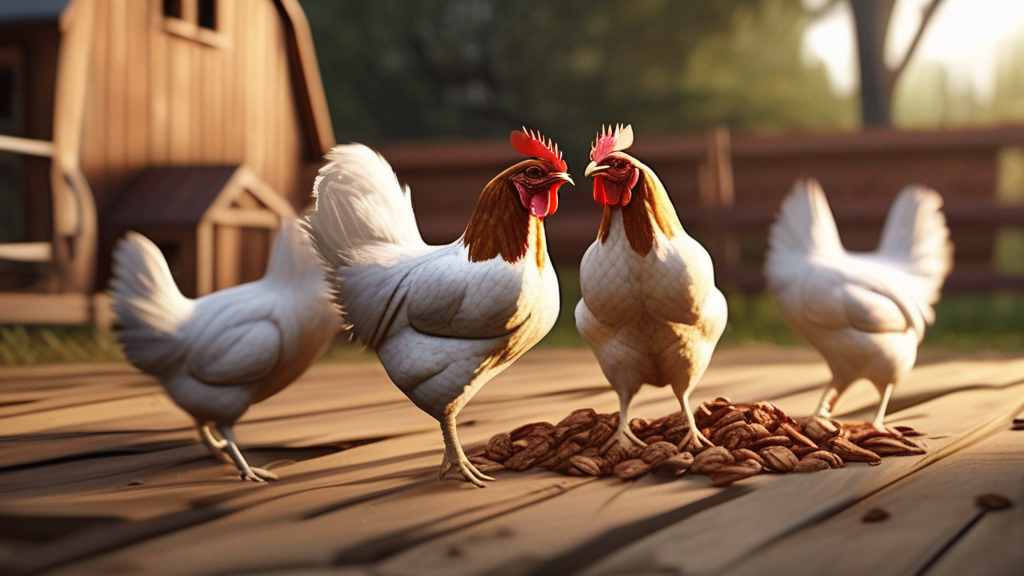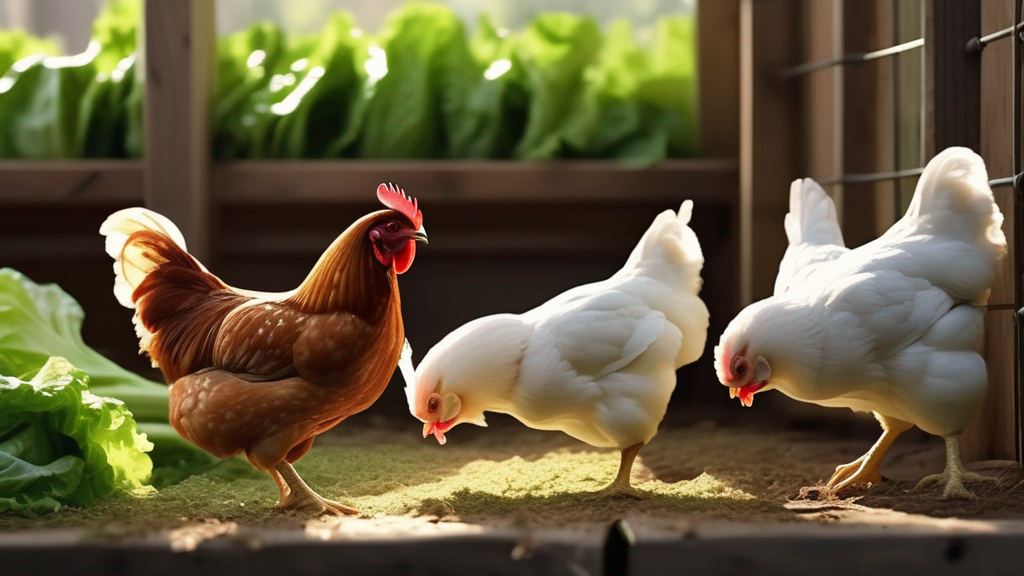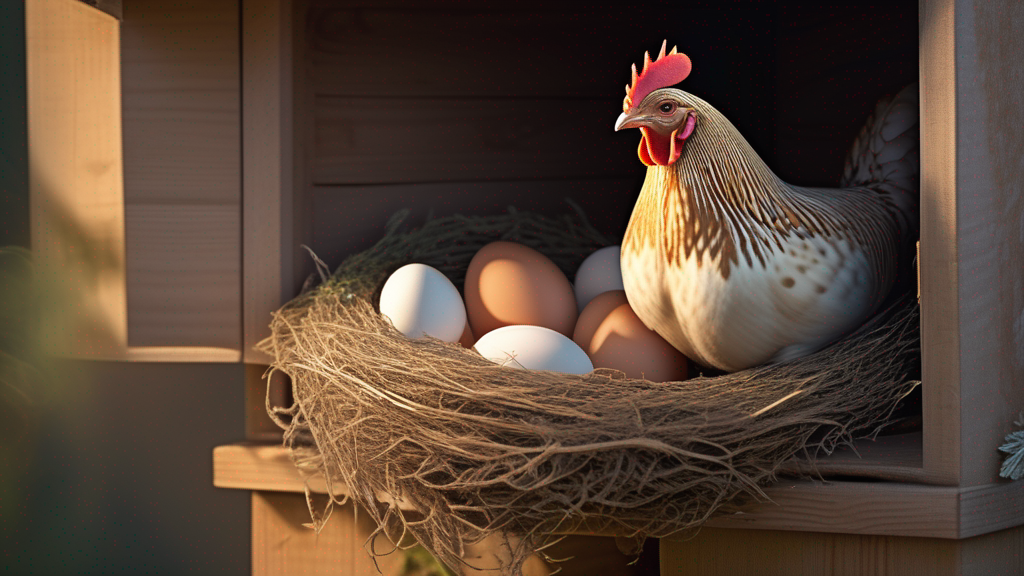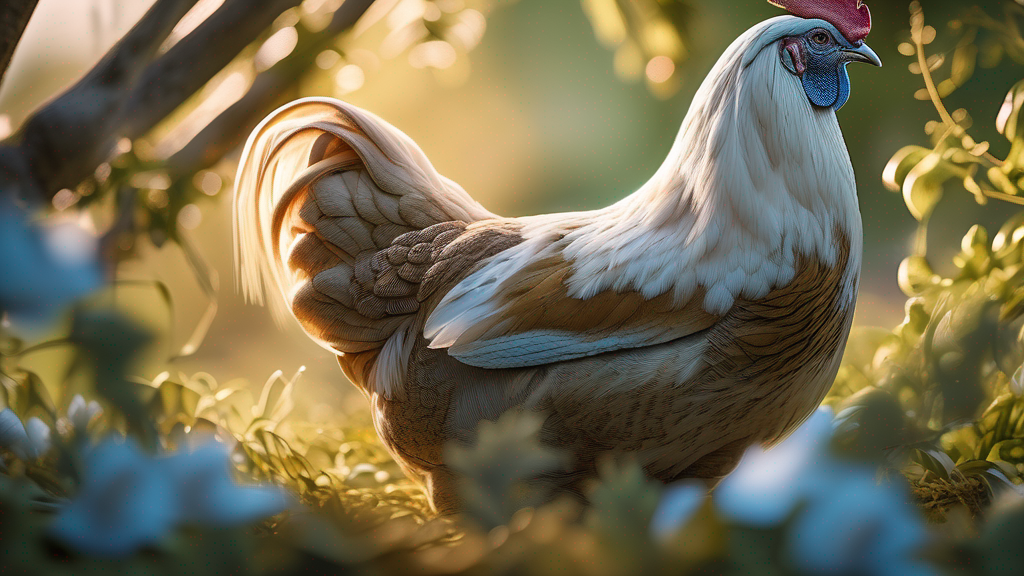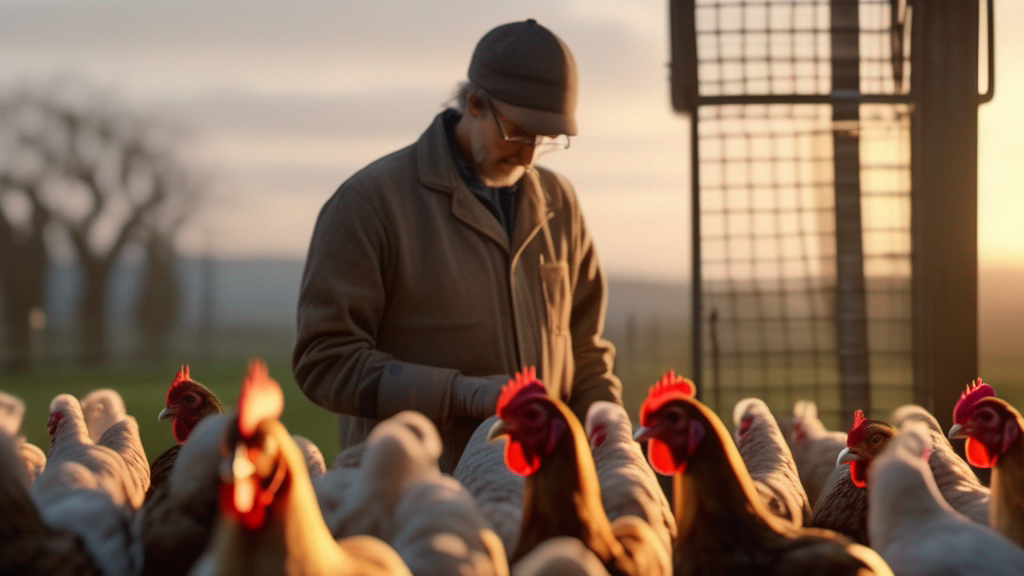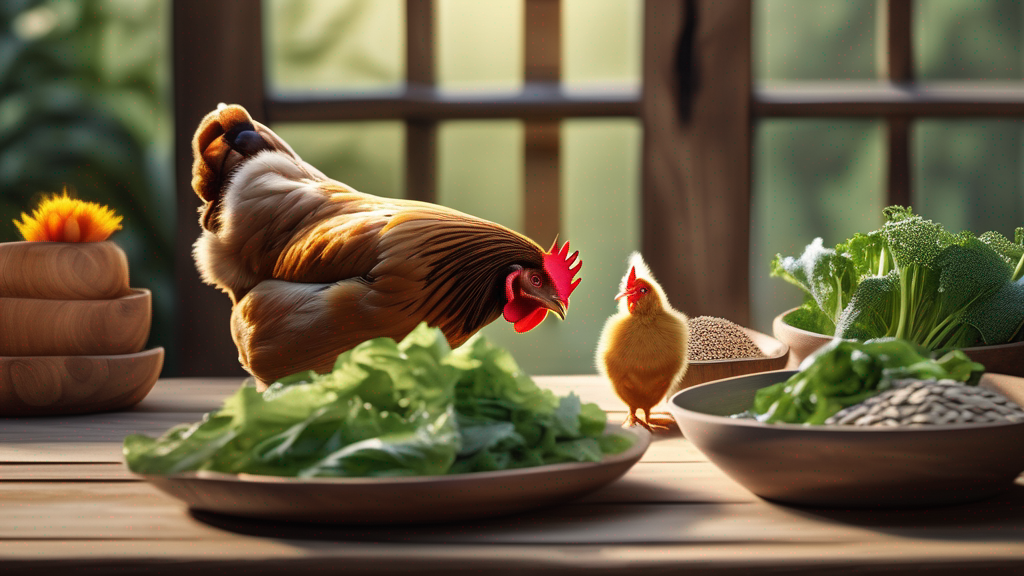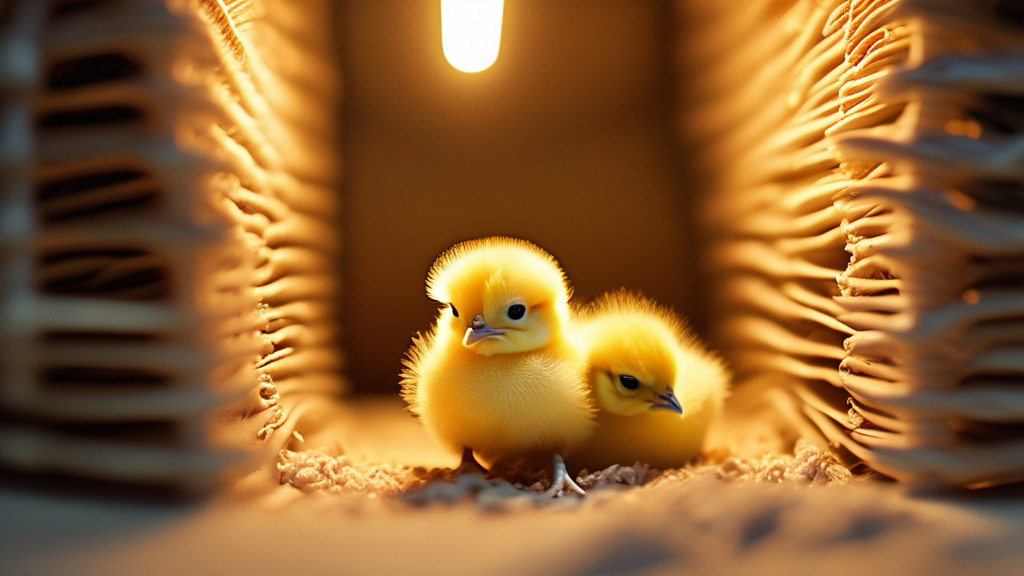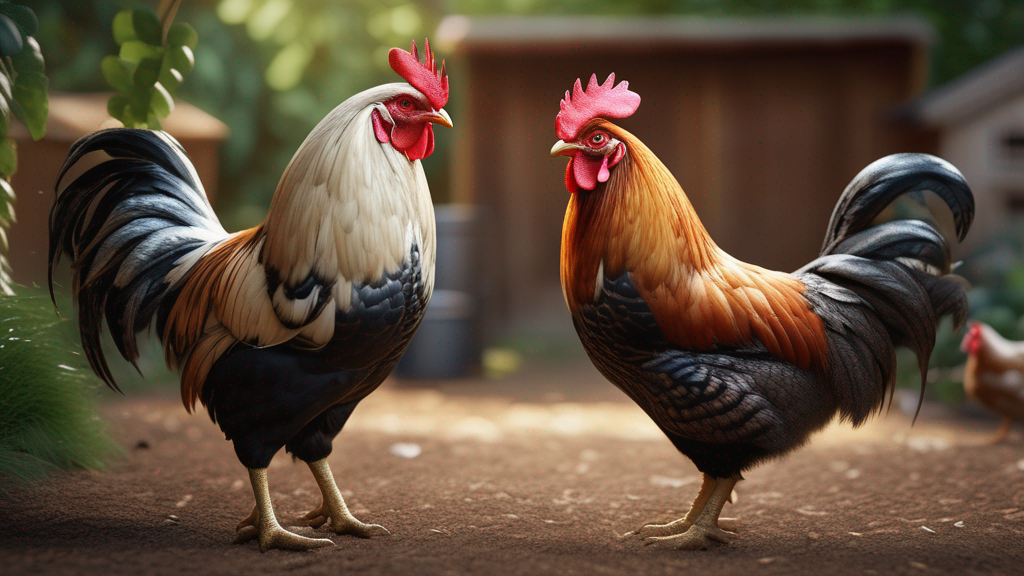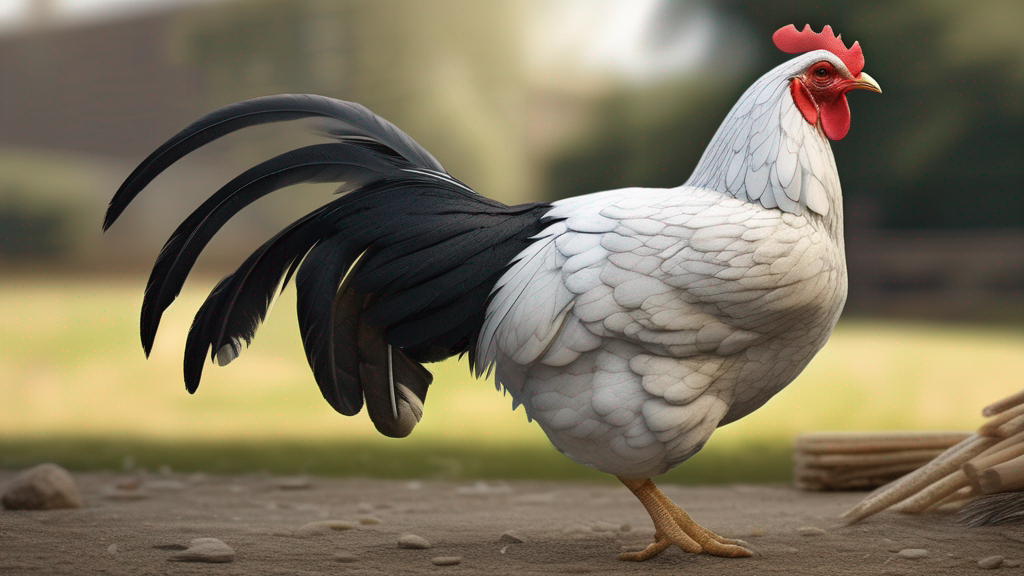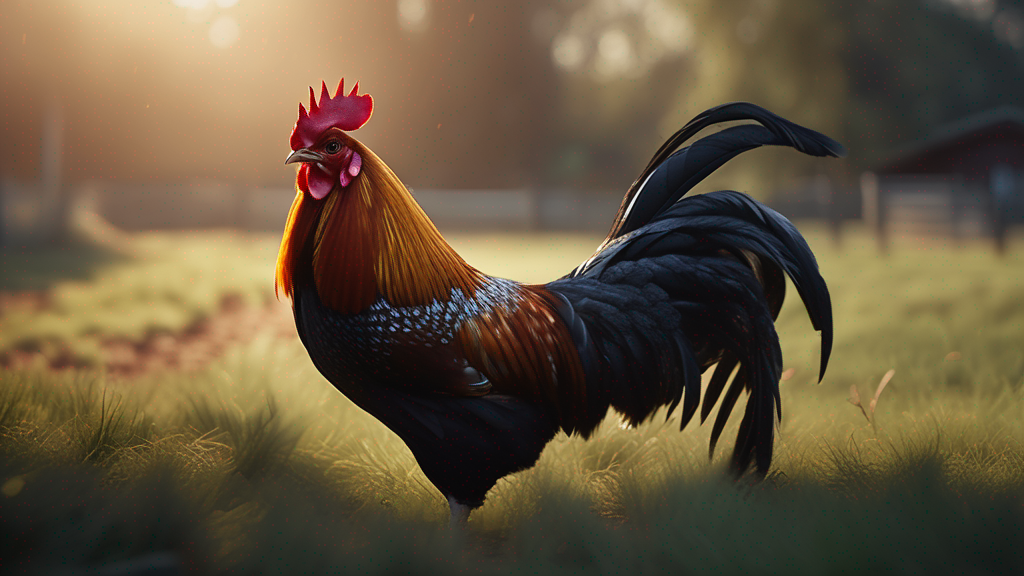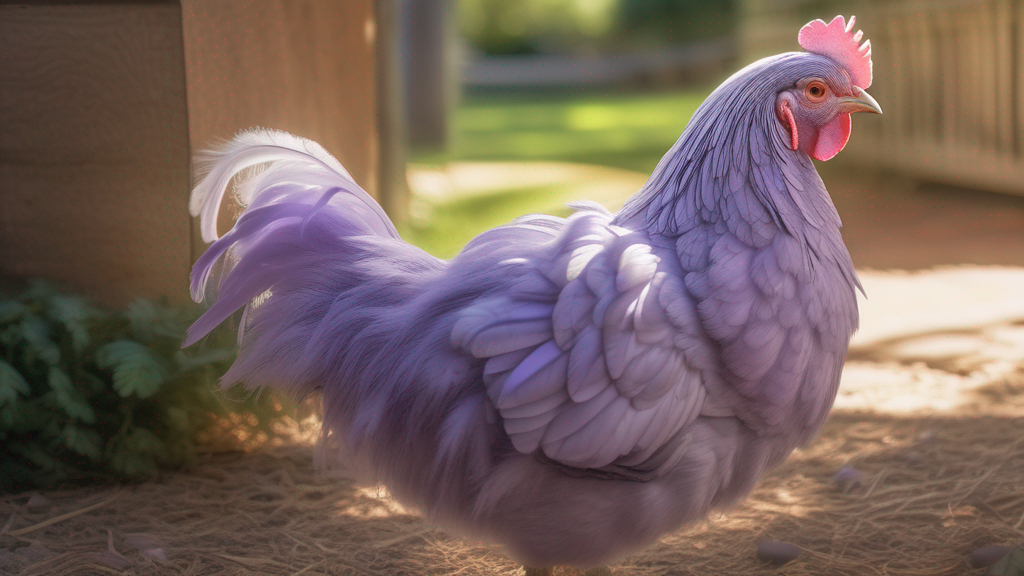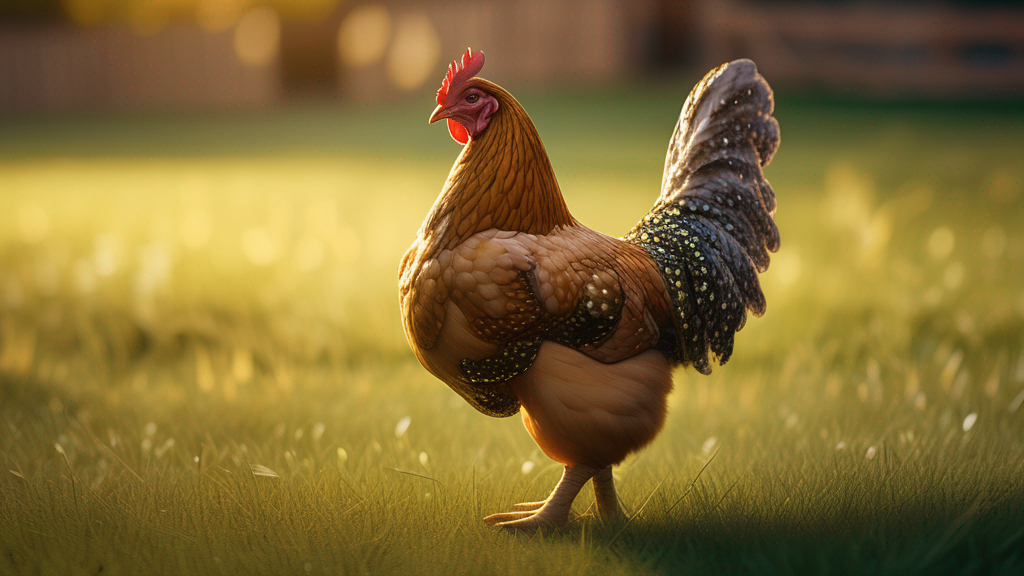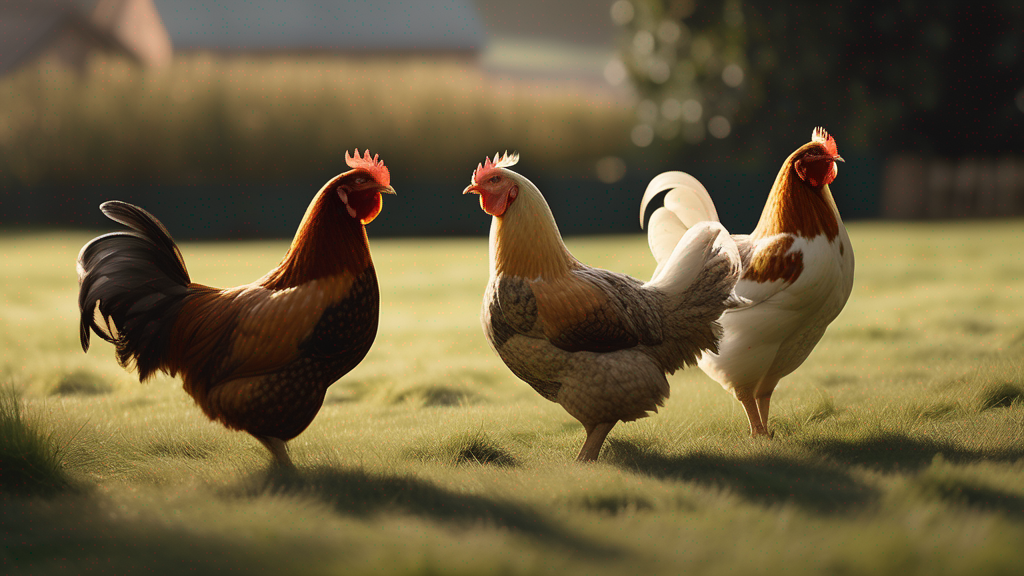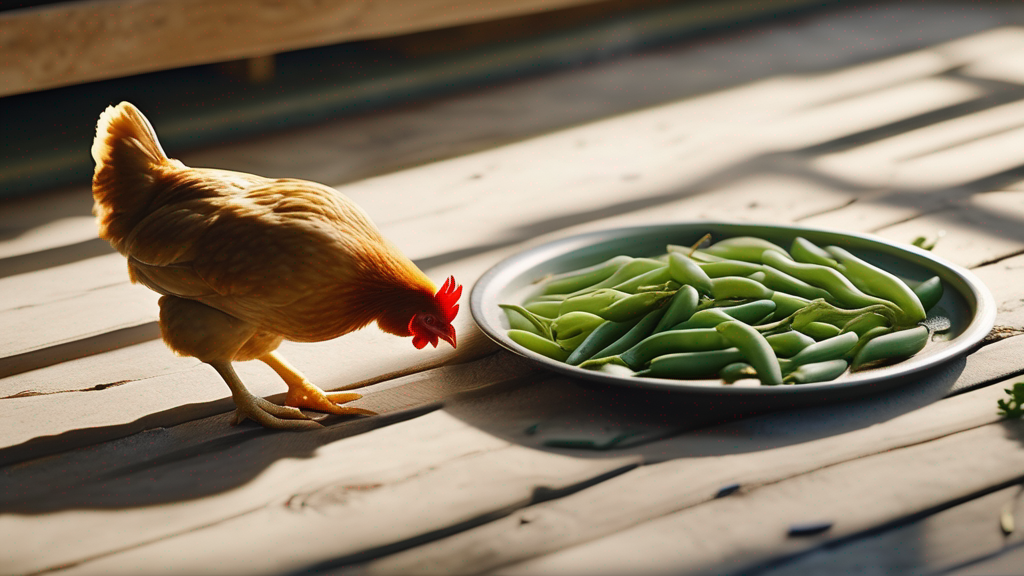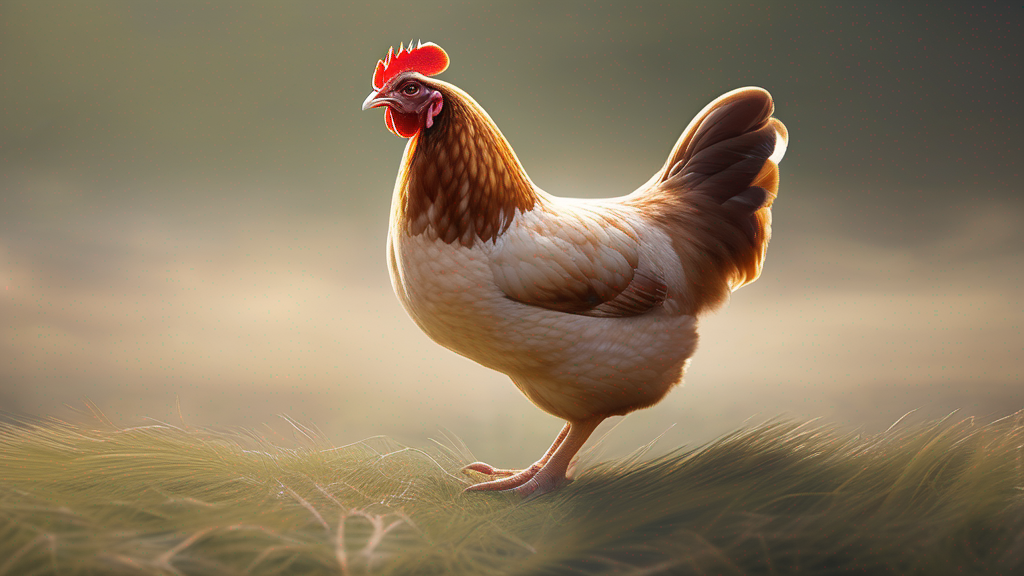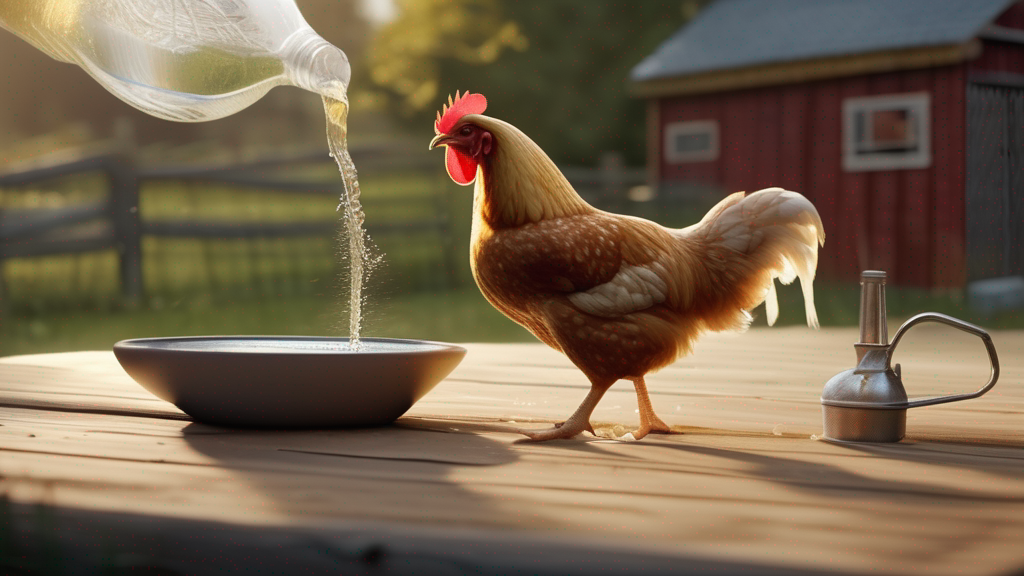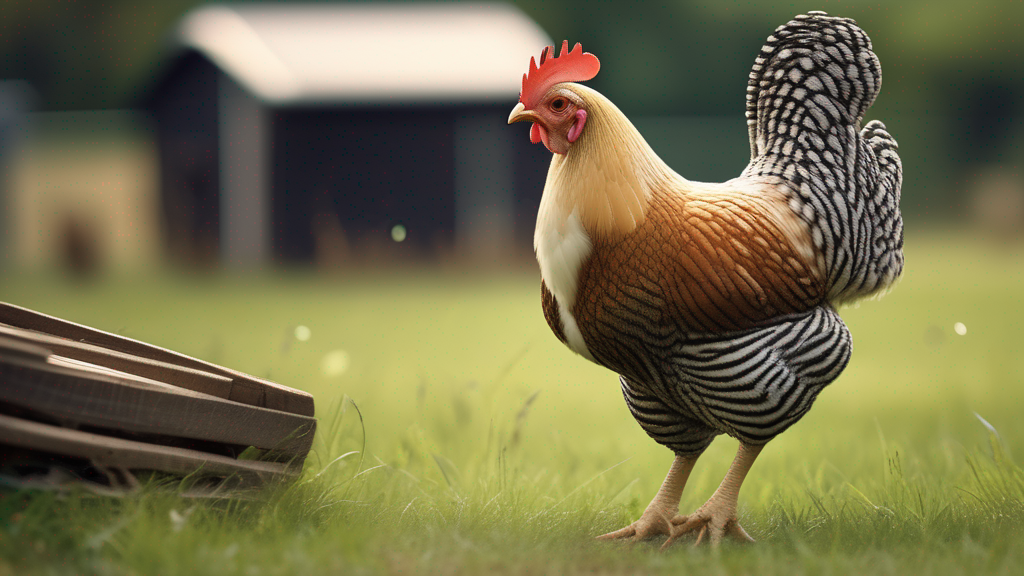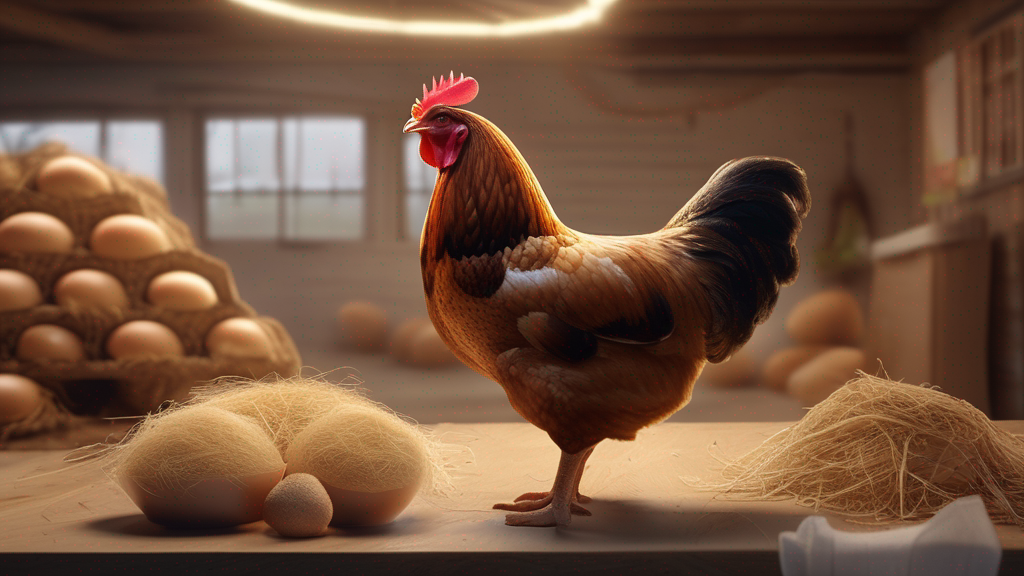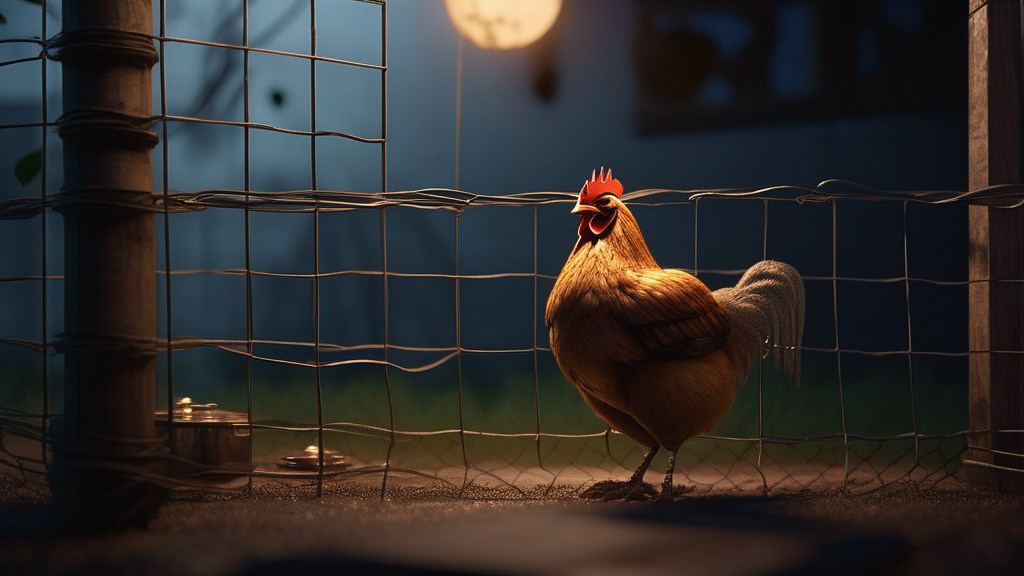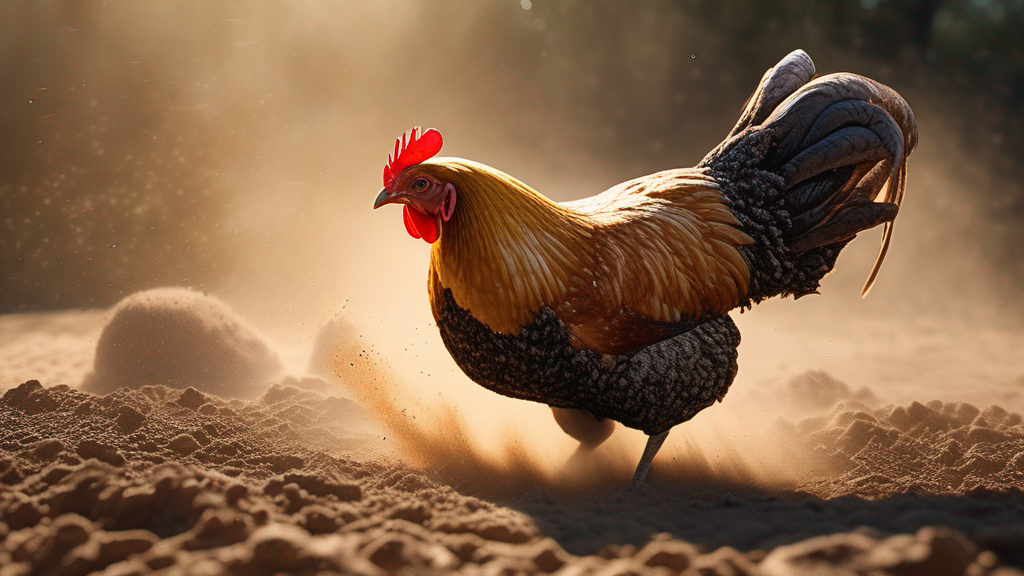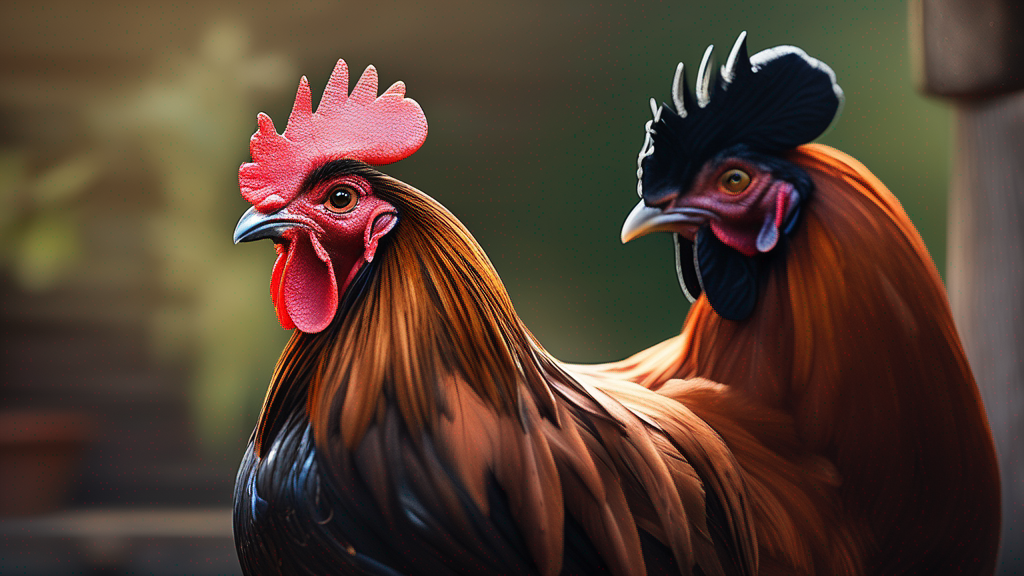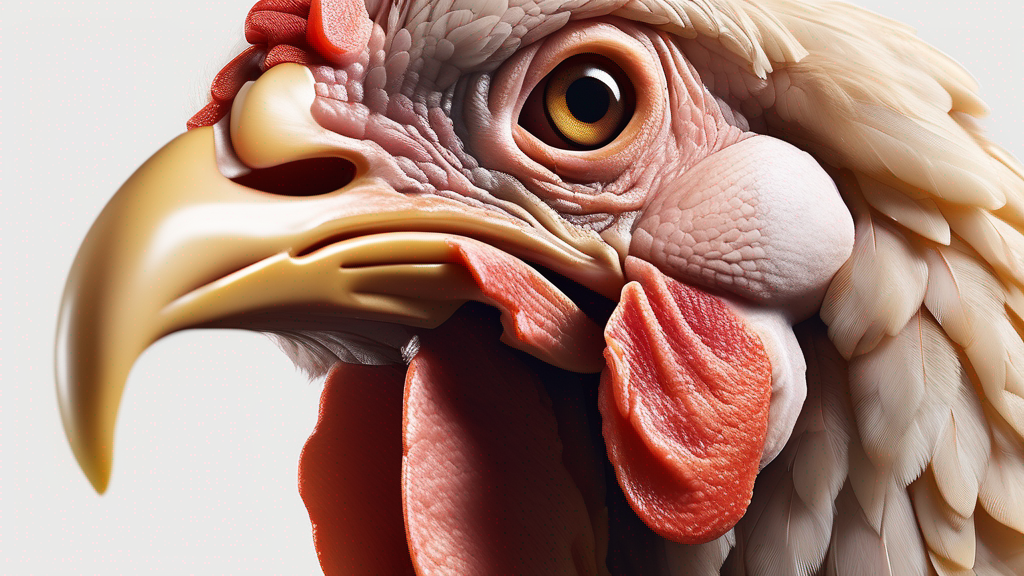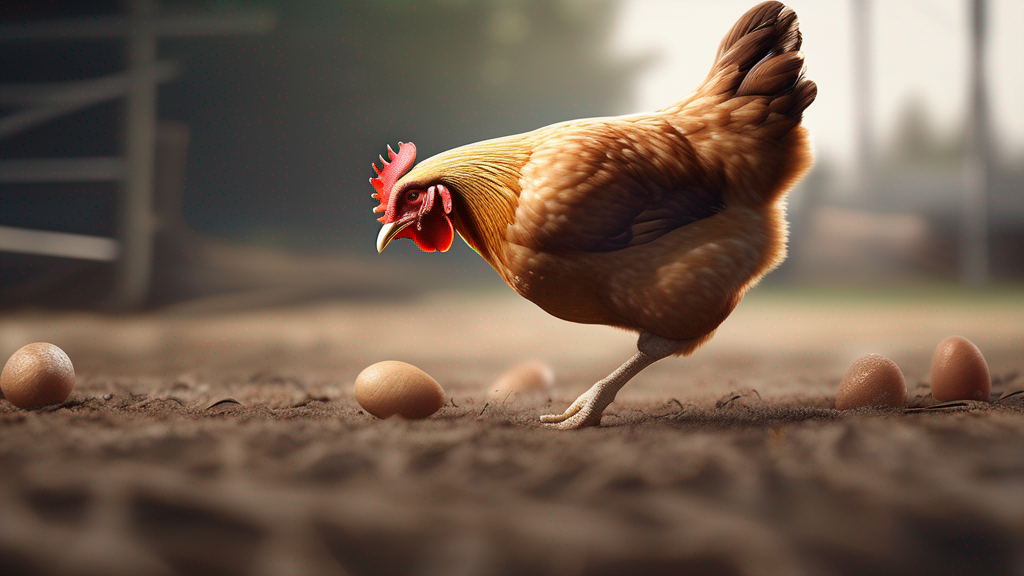The Columbian Rock chicken is a striking color variety in the Plymouth Rock family, prized for its balanced performance in both egg production and meat quality. With attractive white plumage accented by black hackles and tail, calm temperament, and reliable productivity, this breed appeals to backyard keepers, small-scale farmers, and homesteaders seeking a versatile bird. In this comprehensive overview, we explore the history, physical traits, behavior, housing and husbandry, nutrition, health considerations, breeding, and practical tips for raising Columbian Rocks to their full potential.
History and Breed Development
The Columbian Rock emerged as a color variety within the Plymouth Rock lineage. Breeders sought to combine the robust dual-purpose qualities of Barred Rocks with a clean white background and distinct black neck and tail markings. Through selective breeding of Plymouth Rock stock carrying the Columbian coloration gene, the variety was stabilized. Though less ubiquitous than the classic barred pattern, Columbian Rocks share the same hardy constitution and adaptable nature. Over generations, dedicated fanciers have maintained bloodlines to preserve plumage consistency, production traits, and overall vigor.
Appearance and Physical Characteristics
Columbian Rocks feature a visually appealing contrast: a mostly white body with black-laced hackles at the neck and black tail feathers. Occasionally subtle black edging appears on wing tips. Their solid, rectangular bodies and bright markings make them stand out in any flock.
- Size & Weight: Mature roosters typically weigh 7–8 lbs (3.2–3.6 kg); hens weigh 6–7 lbs (2.7–3.2 kg). This moderate-to-large size supports meat production while allowing efficient laying.
- Body Shape: Broad, deep-bodied with a well-sprung keel and sturdy bone structure. The rectangular silhouette is characteristic of Plymouth Rocks, giving ample breast and body mass.
- Comb and Facial Features: Single comb of moderate size with well-defined points. Bright red comb, wattles, and earlobes indicate health. Eyes are alert and clear, often reddish-bay in color.
- Legs and Skin: Yellow legs and skin beneath plumage, reflecting the breed’s meat-quality heritage. Strong legs support active foraging.
- Feathering: Feathers are close-fitting yet abundant, providing insulation in cold climates. The white body contrasted by black hackles and tail gives an ornamental appearance.
Temperament and Behavior
One of the strengths of Columbian Rocks is their calm, friendly disposition. They inherit the Plymouth Rock’s reputation for docility and ease of handling.
- Docile Nature: Suitable for families, children, and beginners. They tolerate handling well and are less flighty than lighter breeds.
- Social Integration: Integrate smoothly into mixed flocks. They are neither overly aggressive nor overly submissive, fitting well in a balanced pecking order.
- Foraging Behavior: Moderate foragers. They enjoy free-ranging opportunities but adapt well to runs or confined yards with enrichment. Their foraging helps reduce feed costs and keeps them mentally stimulated.
- Alertness and Guarding: While calm, roosters serve as reliable sentinels, giving alarm calls at potential threats. Their moderate vigilance helps overall flock safety without excessive skittishness.
- Broodiness: Some hens may go broody, though not excessively. For keepers wishing to hatch their own chicks, this can be advantageous; for consistent egg production, broodiness may need management by removing eggs regularly or providing distractions.
Egg Production
Columbian Rock hens lay a respectable number of eggs annually, balancing production with meat potential.
- Annual Output: Approximately 200–250 large, light brown eggs per year under good management.
- Egg Size & Quality: Eggs are typically large with strong shells when adequate calcium is provided. Uniform shell quality is important to minimize breakage.
- Onset of Lay: Pullets usually begin laying around 18–20 weeks, influenced by season, light exposure, and nutrition. Ensuring pullets reach suitable body weight before first lay supports steady production.
- Seasonal Variation: Production dips during winter and molt. Supplemental lighting can extend lay season, but natural rest periods support long-term health. During molt, extra protein aids feather regrowth.
- Nesting Habits: Generally reliable nesters. Provide comfortable, private nesting boxes with clean bedding. Collect eggs daily to discourage broodiness and maintain hygiene.
Meat Qualities
As dual-purpose birds, Columbian Rocks offer satisfactory meat quality, though not as fast-growing as specialized broilers, they provide better flavor and texture.
- Growth Rate: Slower than industrial broilers; reaching butcher weight (~6 lbs) in about 16–20 weeks if fed appropriately. This moderate growth yields firmer, more flavorful meat.
- Carcass Characteristics: Well-marbled meat with good muscle development. Balanced growth avoids issues seen in overly broad-breasted industrial hybrids.
- Processing Age: Roosters can be processed around 16–20 weeks; hens may be processed after laying declines or kept longer for breeding. Older birds yield mature-flavored meat suited to traditional cooking.
- Dual-Purpose Efficiency: While feed conversion for meat is less efficient than specialized meat breeds, the advantage lies in egg production before processing, maximizing utility of each bird.
Housing and Environment
Coop Requirements
- Space: At least 4 sq ft per adult bird inside the coop. Given their size, adequate space prevents crowding, feather damage, and stress.
- Ventilation: Good airflow is essential to control moisture and ammonia. Ensure vents above roost level to avoid drafts directly on resting birds.
- Roosting Bars: Provide sturdy perches 2–3 feet off the ground, with 8–12 inches per bird. Broad-bodied birds benefit from robust perches.
- Nesting Boxes: One box per 4–5 hens, lined with clean bedding such as pine shavings. Keep nesting area darker and quieter to encourage laying and minimize egg breakage.
- Predator Protection: Secure structure with hardware cloth over openings, solid locks, and raised coop floor if needed. Roosters alert to danger but housing must be the primary defense.
Run and Free-Range
- Run Space: Minimum 8–10 sq ft per bird in a run. More space reduces boredom, pecking, and stress. Provide shaded areas and dust-bathing spots.
- Free-Range: If predation risk is low or controlled, free-ranging allows natural foraging and exercise. Monitor for predators and ensure safe access to shelter.
- Enrichment: Scatter scratch grains, provide perches of different heights, dust baths with dry soil or sand, and treat puzzles to encourage natural behaviors and reduce negative pecking.
- Climate Considerations: Columbian Rocks are cold-hardy due to dense plumage but require protection from drafts and moisture. In hot climates, ensure shade, ventilation, and cool water to prevent heat stress.
Nutrition and Feeding
Balanced nutrition supports both egg production and growth. Adjust feed according to life stage and production phase.
Starter and Grower Phase
- Starter Feed: For chicks up to ~8–10 weeks, use 18–20% protein starter crumble to support rapid growth, immune development, and strong frame.
- Grower Feed: From ~10 to 18 weeks, transition to 16–18% protein grower feed. Monitor body condition so pullets reach ideal weight before laying.
Layer Phase
- Layer Feed: From onset of lay (~18–20 weeks), switch to layer feed with 16–18% protein and adequate calcium (3.5–4%) for eggshell formation.
- Oyster Shell & Grit: Offer free-choice oyster shell for calcium. Provide grit if birds free-range to aid digestion when they consume whole grains or forage items.
- Treats & Scratch: Limit treats to under 10% of daily intake to avoid nutrient dilution. Favor healthy options: leafy greens, vegetable scraps, mealworms (especially during molt), and moderate scratch grains.
- Water: Fresh, clean water at all times. In hot weather, ensure multiple waterers or shallow pans to keep birds cool and hydrated.
- Seasonal Adjustments: During molt, supplement protein via mealworms or high-protein feeds. In winter, sparing energy-dense treats (e.g., cracked corn) can help maintain body condition, but avoid overfeeding to prevent obesity.
Health Management
- Parasite Control: Implement routine checks for external parasites (mites, lice) and internal worms. Provide dust baths and clean bedding; rotate pasture or runs if possible; treat promptly when infestations occur.
- Respiratory Health: Ensure dry, well-ventilated coop. Watch for sneezing, coughing, or nasal discharge. Address damp bedding or poor ventilation quickly.
- Vaccination & Biosecurity: Follow local recommendations for vaccinations (e.g., Marek’s disease). Quarantine new stock before introduction. Limit visitor traffic and maintain coop hygiene to reduce disease risk.
- Molt Care: Provide extra protein and protect birds from cold or predators when feathers are sparse. Expect reduced egg production and increased nutritional needs.
- Foot and Leg Health: Keep coop floor and run surfaces clean and free of sharp objects. Check feet for bumblefoot and treat early. Use non-slip bedding for young chicks to prevent splayed legs.
- Weight Monitoring: Balance feed to avoid obesity in hens and roosters. Feel keel and breast muscle to assess condition; adjust ration or exercise opportunities accordingly.
- Reproductive Health: Monitor for signs of egg-binding, prolapse, or reproductive infections. Ensure adequate calcium, vitamin D (via sunlight or supplements), and clean water to support healthy laying. Seek veterinary care if serious issues arise.
Breeding and Raising Chicks
For keepers aiming to hatch Columbian Rock chicks, thoughtful practices ensure healthy offspring and sustainable bloodlines.
Selecting Breeding Stock
- Health and Conformation: Choose birds with clear Columbian pattern (even white body with well-defined black hackles and tail), robust body conformation, and calm temperament.
- Genetic Diversity: Source stock from different lines or breeders to avoid inbreeding. Keep records of parentage to track lineage and maintain vigor.
- Age and Condition: Use hens in good laying condition but not overly old; roosters with proven fertility and sound health.
Incubation and Brooding
- Egg Collection: Collect eggs daily and store at moderate temperature (~55°F / 13°C) and moderate humidity if not setting immediately. Use eggs no more than 7 days old for best hatch rates.
- Incubator Settings: Set temperature around 99.5°F (37.5°C) and humidity ~50–55% for the first 18 days, increasing humidity slightly (to ~60–65%) for the final days before hatching.
- Natural Brooding: If hens go broody, provide a quiet nesting area with easy access to feed and water. Monitor broody hens to ensure they maintain weight and health.
- Chick Brooder: Maintain brooder temperature at ~95°F (35°C) at hatch, decreasing by about 5°F per week until chicks feather out. Use non-slip bedding (paper towel or rubber mat) initially, transitioning to pine shavings or hemp bedding as they grow. Provide chick starter feed (18–20% protein) and fresh water; ensure feeders and waterers are chick-friendly to prevent drowning or tipping.
- Early Socialization: Handle chicks gently from an early age to foster calm adults. Expose to mild stimuli to build confidence and reduce fear-based stress later.
Pros and Cons
| Aspect | Pros | Cons |
|---|---|---|
| Egg Production | 200–250 large eggs/year; reliable layers | Seasonal dips; may need supplemental lighting for high winter output |
| Meat Quality | Good flavor and texture; dual-purpose yields usable meat | Slower growth than specialized broilers; longer time to butcher weight |
| Temperament | Docile, friendly, easy to handle | Calm nature may limit flightiness; birds may wander less far when free-ranging |
| Hardiness | Cold-tolerant; adapts to varied climates | Dense body may predispose to heat stress in extreme heat; requires shade and ventilation |
| Appearance | Attractive white plumage with black accents; ornamental appeal | Less common variety; may be harder to source quality stock |
| Foraging | Moderate foragers; benefit from free-range or enriched runs | Not as industrious as some lighter heritage breeds; still need supplemental feed |
| Broodiness | Moderate broodiness useful for natural hatching | Broodiness reduces egg output temporarily; management needed if consistent eggs desired |
| Availability | Found through specialty breeders and hatcheries | Less widespread than Barred Rocks; may require advance ordering and higher cost |
Common Questions
Are Columbian Rocks suitable for beginners?
Yes. Their calm temperament, hardiness, and balanced egg-meat performance make them a good choice for novice keepers. Their moderate foraging and friendly nature ease daily management.
How many Columbian Rocks per space?
Provide at least 4 sq ft per bird inside the coop, and 8–10 sq ft per bird in a run. More space is beneficial for mental stimulation and health, especially given their size and appetite for enrichment.
Do Columbian Rocks free-range well?
They are moderate foragers: enjoy free-ranging but stay relatively close to coop. Ensure predator protection. In runs, provide enrichment to mimic foraging behavior if free-ranging is limited.
How to manage heat stress?
Provide ample shade, good ventilation in coop, cool water, and possibly misters or shallow water trays for cooling. Limit midday outdoor access in extreme heat and ensure birds can retreat to cooler shaded areas.
How to incorporate them into an existing flock?
Quarantine newcomers for 2–4 weeks. Use gradual introduction: allow visual contact first, then supervised mixing during feeding or treat time to diffuse tensions. Provide multiple feeders and perches to minimize competition and allow pecking order establishment with minimal conflict.
Is supplemental lighting necessary?
Supplemental lighting can maintain egg production during short daylight months, but use sparingly—aim for around 14–16 hours total light if extended lay is desired. Allow rest periods to support long-term health and avoid overstimulation.
What are common health concerns?
As with most chickens: parasites (mites, lice, worms), respiratory issues from damp or poorly ventilated housing, obesity if overfed treats and under-exercised, and reproductive issues (egg-binding, prolapse). Routine health checks, good hygiene, balanced diet, and adequate exercise mitigate these risks.
Practical Tips for Success
- Record Keeping: Track hatch dates, weights, onset of lay, and any health events to monitor performance and make adjustments in feeding or management.
- Consistent Routine: Keep feeding, cleaning, and free-range times on a schedule that the birds learn, reducing stress and promoting stable laying patterns.
- Enrichment: Rotate perches, introduce new objects or safe vegetation to peck at, provide dust-bathing areas with varied substrates. Engage natural behaviors to reduce boredom and pecking issues.
- Community and Resources: Connect with other keepers of Columbian or Plymouth Rocks for line recommendations, health tips, and breeding stock sources. Participate in local poultry clubs or online forums to share experiences.
- Gradual Changes: Introduce new feeds, supplements, or environmental changes slowly to allow adaptation and monitor for adverse reactions.
- Biosecurity: Limit unnecessary visitors to coop, disinfect equipment periodically, and quarantine new birds to prevent disease introduction.
- Observe and Respond: Spend time watching flock behavior for early signs of illness or distress. Quick interventions often prevent minor issues from escalating.
Conclusion
Columbian Rock chickens stand out as an attractive, capable dual-purpose breed. Their distinctive white-and-black plumage, calm temperament, and balanced egg and meat production make them a rewarding choice for a wide range of keepers. While they may require slightly more effort to source than standard Barred Rocks, many find their ornamental appeal and reliable performance worth the investment. By providing proper housing, balanced nutrition, health management, enrichment, and thoughtful breeding practices, you can raise a thriving flock of Columbian Rocks that contribute eggs, meat, and joy to your backyard or small farm. Their steady nature and adaptability ensure they shine as a “perfect” dual-purpose bird in many flock settings.
